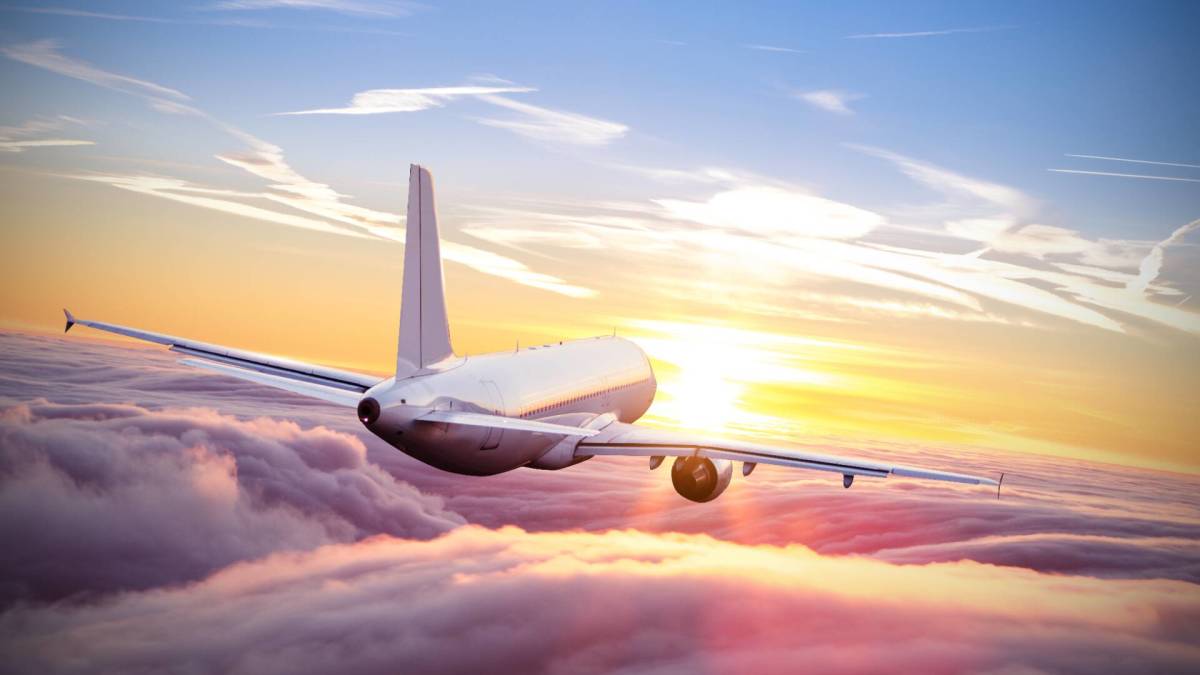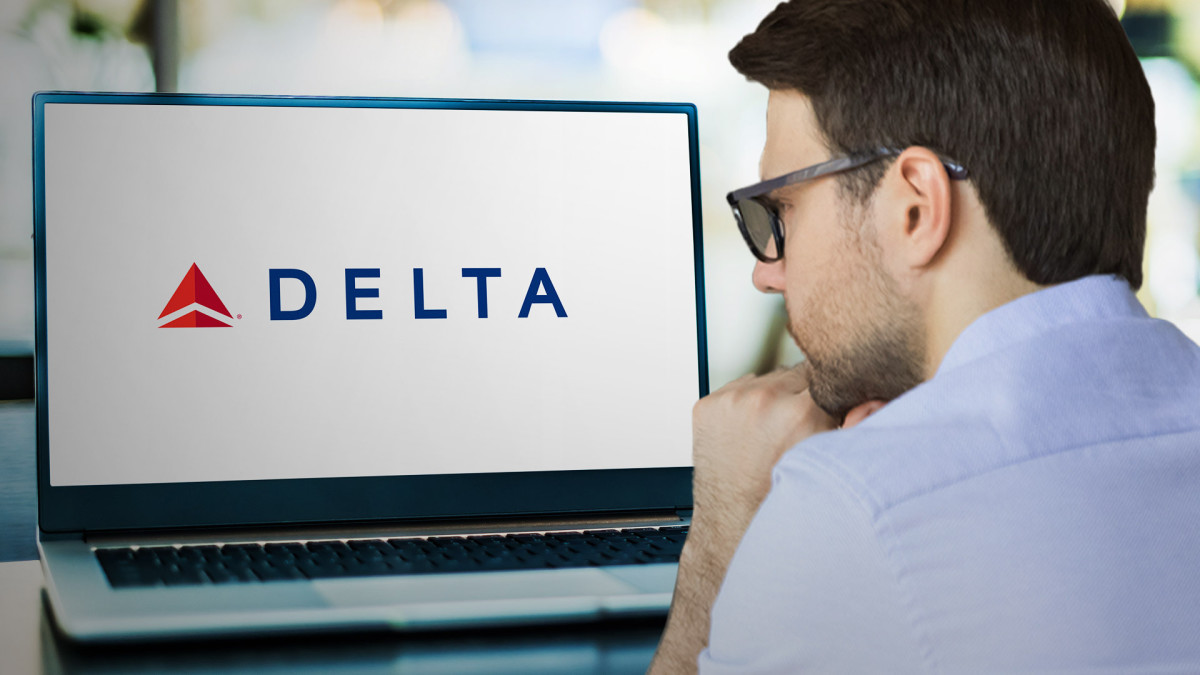
If you recently tried to book a flight with points or frequent-flyer miles, you might have noticed that not only cash prices have jumped significantly.
The "they want how much for that flight?" feeling is confirmed by data — IdeaWorksCompany, a consulting firm analyzing airline revenue, calculated that the average price of a plane ticket purchased with miles rose by 28% between 2019 and 2024, or 7% more than the 21% inflation of the U.S. Consumer Price Index during the same time period.
Related: Booking a Flight on This Day Could Save You 15%
"Mileage/point prices have climbed 28% overall since the last survey five years ago," write the study's authors. "[...] The primary reason is the larger flow of miles/points from co-branded credit card accrual, which created more demand and prompted airlines to increase reward prices."

Shutterstock
This is how many miles you need for a domestic flight on different airlines
While Southwest (LUV) is the airline that saw the biggest jump in the cost of redeeming a flight (from 7,367 miles in 2019 to 14,484 miles for a domestic economy flight in 2024), it still has the lowest entry barrier for purchasing a flight with points. The average cost of a domestic flight is 22,388 miles at JetBlue Airways (JBLU) , 26,780 miles at Delta Air Lines (DAL) and 30,460 miles at United Airlines (UAL) . The latter has the highest redemption rate out of all of the country's main and low-cost airlines.
More Travel:
- A new travel term is taking over the internet (and reaching airlines and hotels)
- The 10 best airline stocks to buy now
- Airlines see a new kind of traveler at the front of the plane
"Consumers can enjoy the perks of reward travel more rapidly on Southwest,” IdeaWorksCompany said in a statement on the results. "The airline does have an inherent advantage because it focuses on short- and medium-haul routes and frequent flights. Reward prices tend to be lower for shorter flights and demand is more readily met with more flights."
American Airlines (AAL) , meanwhile, is the only airline where the average cost has decreased from 23,700 miles in 2019 to 17,820 miles now. As each airline has a different points-to-dollar ratio, the calculation estimates how many miles one would generally need to fly with the airline in order to collect enough points for a round-trip flight somewhere in the U.S although points can also be collected through credit card spending.
'The minority (of miles) is generated flying the airline'
According to IdeaWorksCompany, the main reason for the steep increases has to do with the fact that a rise in different credit-card spending programs has allowed some travelers to collect points much faster than they would by flying with the airline alone — many airlines have been seeing this seep into their profits and raising the points threshold for redeeming in order to keep up even though they have also been benefitting financially by partnering with banks for such co-branded credit cards.
"When frequent flyer programs appeared in the 1980s, buying a ticket on an airline was the only way to accrue miles," write the report's authors. "The industry's embrace of co-branded credit cards has changed this outcome. Now the majority of mileage accrual originates from partner transactions and the minority is generated flying the airline. Financial disclosures made by American, Delta, and United during 2020 reveal this change."







